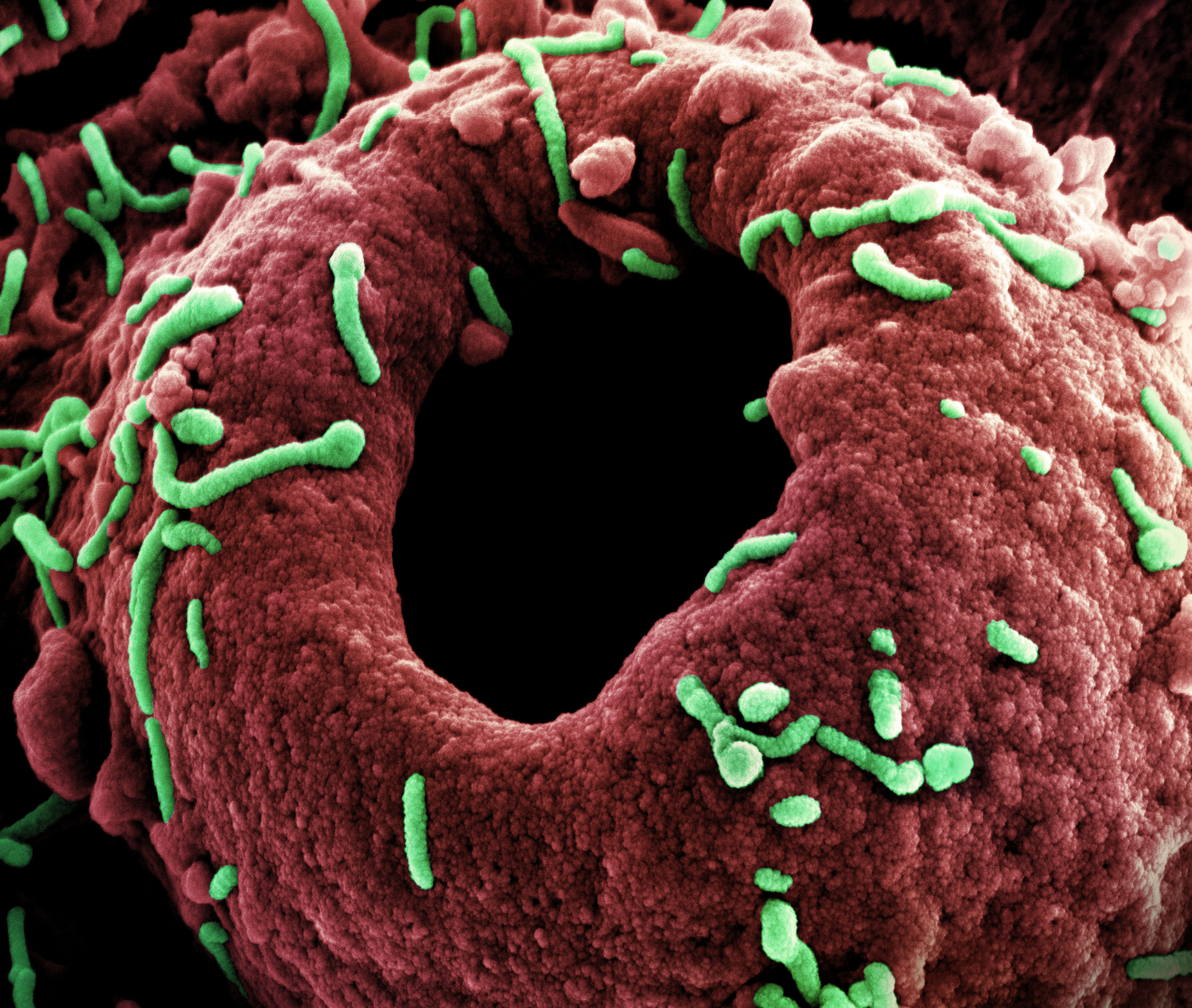Marburg virus is a virus that has caused outbreaks of deadly disease in Africa and Europe. The name comes from the city of Marburg in Germany, where the virus was first detected by scientists in 1967. That year, the virus caused an outbreak of disease in Marburg and Frankfurt in Germany and Belgrade in Serbia. The outbreak began when laboratory workers were infected by contact with a shipment of live monkeys from Africa. Since 1967, outbreaks have occurred in South Africa in 1975, Kenya in 1980 and 1987, and the Democratic Republic of the Congo from 1998 to 2000. An outbreak that began in Angola between 2004 and 2005 killed 227 people.

In human beings, Marburg virus causes hemorrhagic fever, an illness characterized by sudden onset of fever, headache, weakness, and muscle aches. Nausea, vomiting, abdominal pain, and diarrhea may follow. Some patients develop a rash on the chest, back, or stomach. Symptoms may become severe and progress to internal bleeding, shock, organ failure, and death. The virus is spread by contact with the blood or other bodily fluids or body tissue of an infected person or monkey, or unsterilized needles or other equipment. Symptoms appear within 3 to 10 days of infection. The death rate of people infected with Marburg virus can range from about 25 percent to more than 80 percent depending on the availability of medical care and other factors.
There is no known cure or vaccine for Marburg virus. Prevention efforts involve educating people about how the virus is transmitted and isolating infected individuals. Most hemorrhagic viruses have a host, often a rodent or insect, which carries the virus but does not become ill. In 2007, scientists detected the Marburg virus among populations of fruit bats in West Africa. However, scientists are not certain if the bats are the natural host of the virus.
